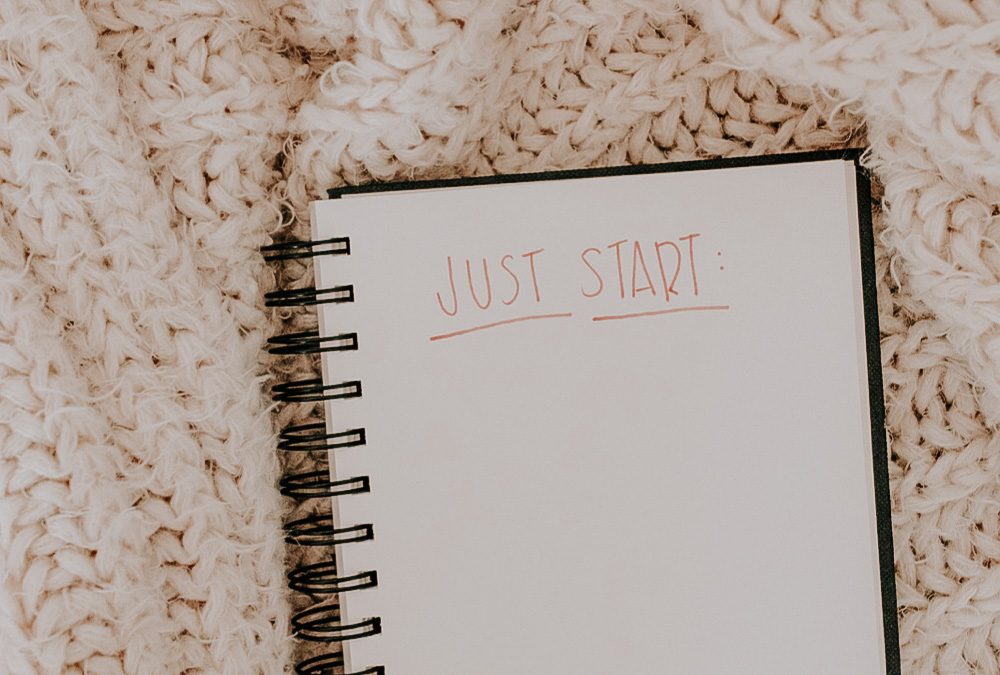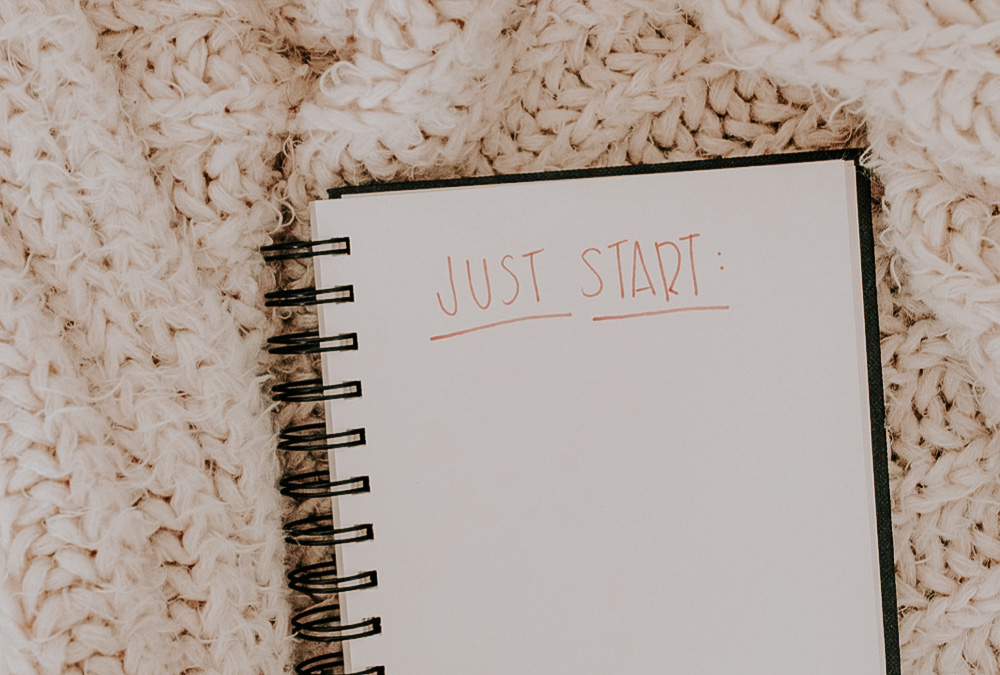

You learned basic stitches and are ready for your first crochet or knitting project wondering “Now what?”. Entering a yarn store it is easy to get lost in many different yarns and tools. But do not worry, you do not need “all the things” to start. Here is a simple guide of what you will need to start knitting and crocheting.
Choose a pattern
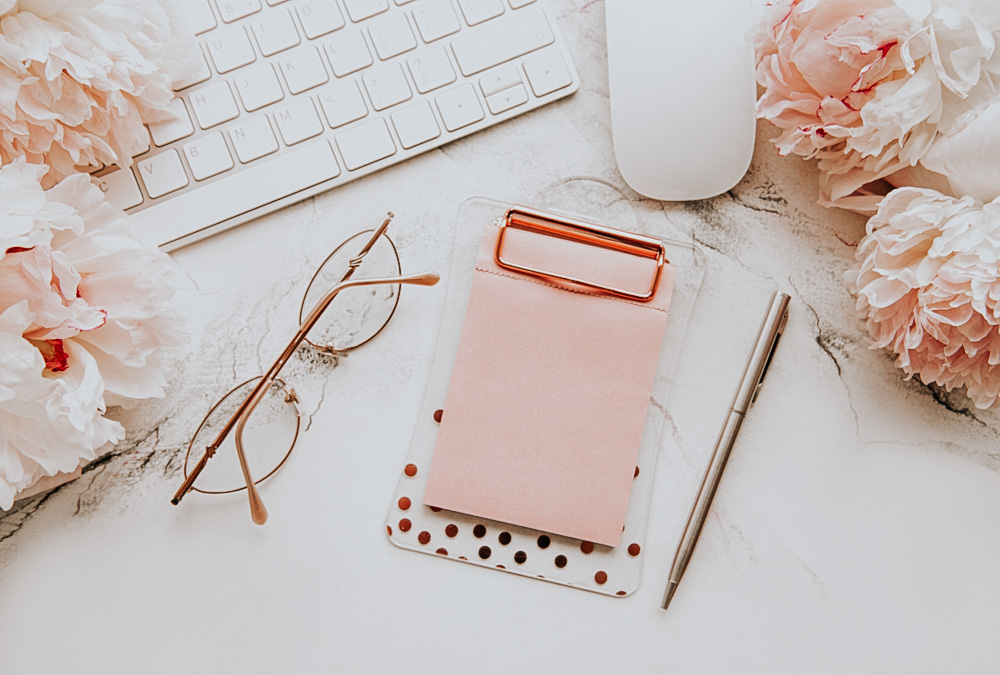

You will be surprised, but the first “tool” you will need is a pattern. It does not matter if you choose a free or paid pattern. Important features to consider are:
- Skill level – start with something simple and beginner-friendly. A project that will be pleasant and easy to make. The one that will help you get confident in your abilities and still make you learn new things. Simple pattern and stitches combination will make your work faster rather than a complicated pattern that takes time to learn.
- The time you will spend on the project – start with something not very time-consuming. This way you will not lose excitement and will finish it. Fun fact: many of my time-consuming projects are still to be finished.
- Materials you will need – go simple here too. Choose a project that involves just one number of hooks/needles and 1-3 skeins of yarn.
Ideal projects for beginners can be hats, scarves, cowls, baby blankets, and home décor pieces.
Choose your yarn
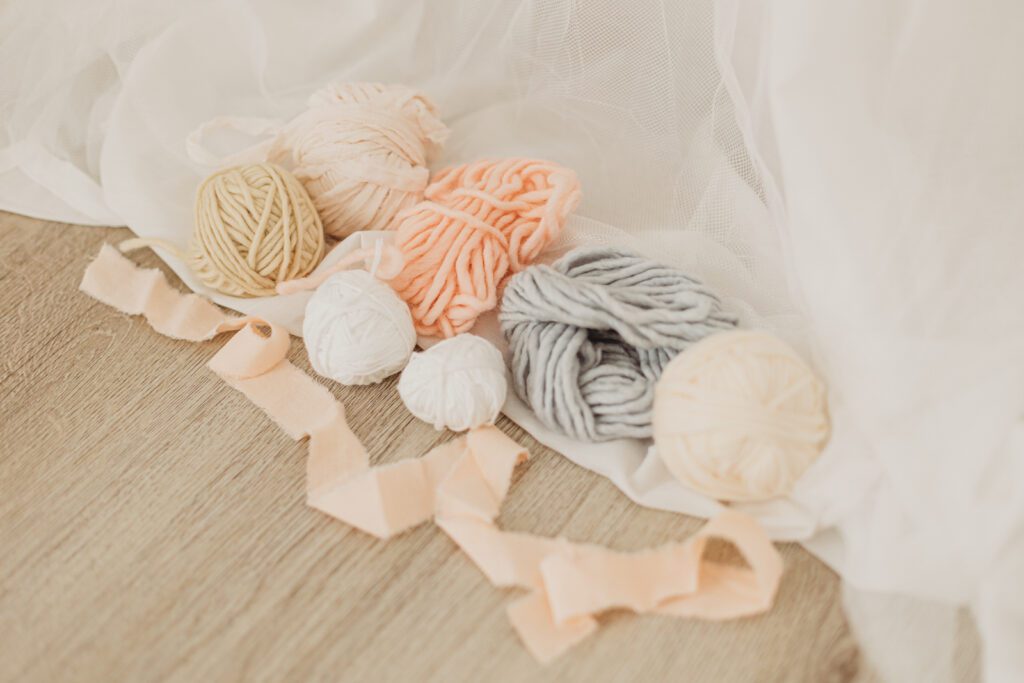

Do not buy yarns before choosing the pattern. Not knowing what you want to do, you will end up buying yarns that might not be suitable or quantity not enough for the project. And thus, it will sit there taking dust instead of turning into beautiful things.
The yarn needed for the project will be indicated in the pattern. In most of the patterns, you will find the yarn weight, featured yarn, and yarn quantity required (skeins + yards/meters). If you do not find the featured yarn indicated in the pattern, you can always replace it with another yarn that has the same weight.
The most common yarn weights are lace, light fingering, fingering, sport, DK, worsted/Aran, chunky, bulky, and super bulky. The weight is indicated on every yarn label, so you easily can find it.
Also pay attention to the type of fiber: wool, cotton, linen, bamboo, etc. you are choosing and its texture. Is it pleasant to touch? The strand is stretchy or not? Is this yarn suitable for the type of project you are making?
Where to buy yarns
I love to buy yarns online because of the better variety of types and colors. But for absolute beginners, my advice is to choose and buy your yarns in an offline store where you can touch them. Trust me, the yarn that is not pleasant to work with ruins all the joy of crafting and excitement you have for your project. So, it is better to spend extra time choosing the one you‘ll love.
With years of crafting, I learned that some yarns looking nice in the photos, were very difficult or unpleasant to work with. After many years of trial and error, I know my favorite fibers for every season, and I order them online in my favorite stores being confident. But for the absolute beginner, I advise you to visit a few yarn stores and see what is available. Yarn is a Universe to be discovered and exploring it is a lot of fun!
Hooks and Needles
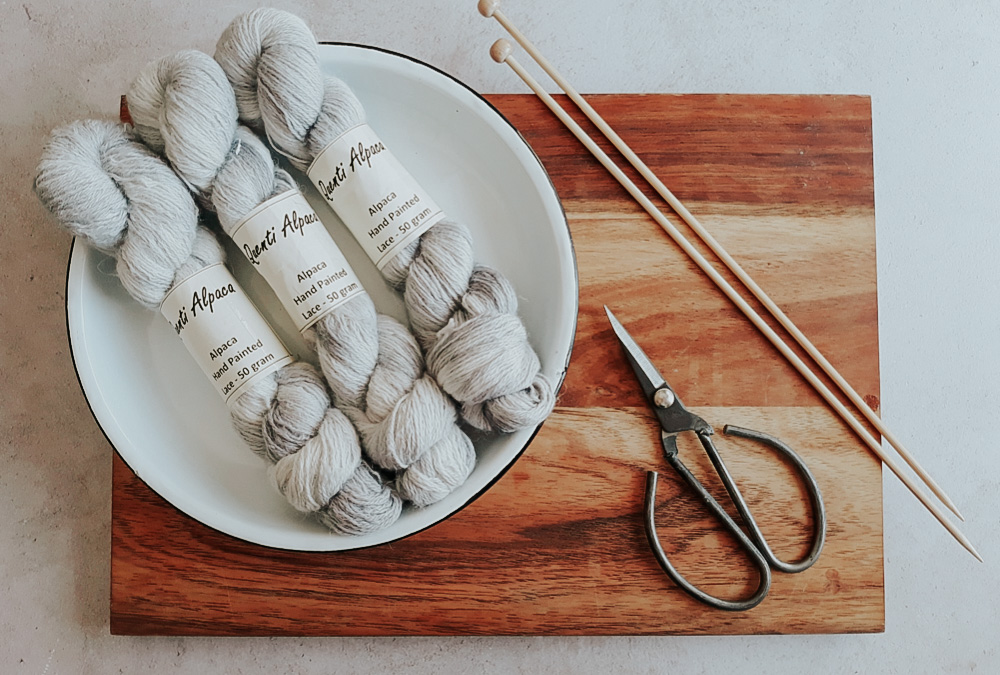

When choosing the hook or needles for the project, go for the number indicated in the pattern, not the one indicated on the yarn label. A lot of times they can be different. Speaking of knitting needles, my personal preference is circular ones. Years ago, I bought plenty of not circular needles and in the end used them just for one project. While circular needles I can use for any kind of project which makes them more versatile and space-saving friendly.
Tapestry needle and scissors
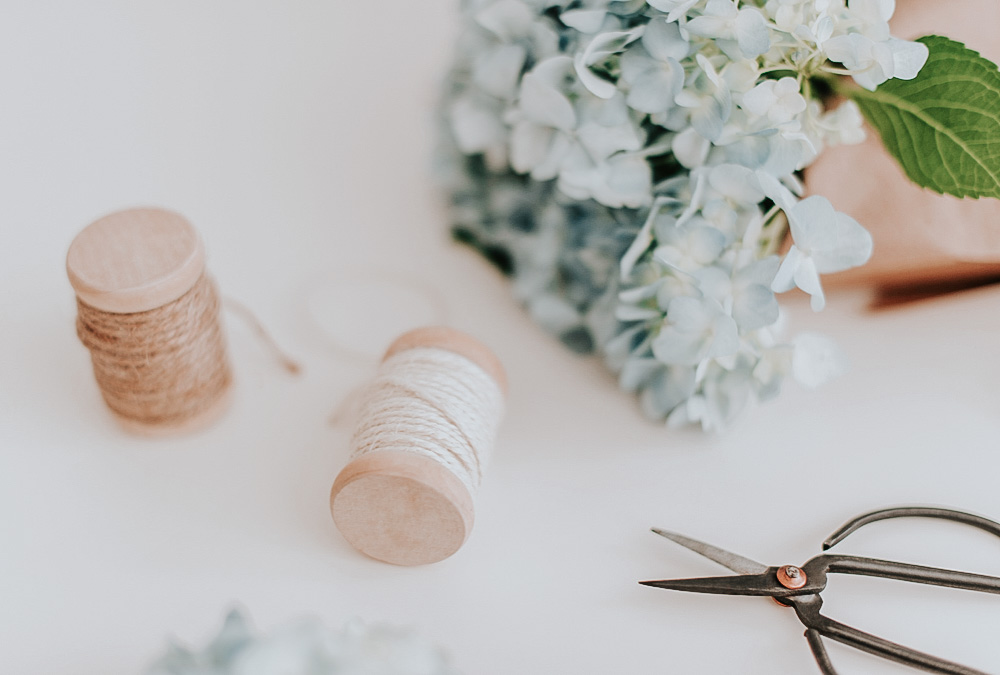

These tools you will need to cut the strand and weave the ends when you project is finished. You do not need to buy a special kit or set for knitters and crocheters. For years I used the tapestry needle found in the sewing box of my grandma and scissors for newborns. They do the job and with time you can get yourself specific scissors that will be used only for your knitting/crochet projects or for photo styling.
Measuring tools
A measuring tape is a perfect and handy tool that will do the job whatever you need to measure for your project. Including calculating the gauge. Gauge and needle sizing rulers you can buy later if you feel it is necessary. In the end, measuring tape will do the job too!
Other tools and gadgets
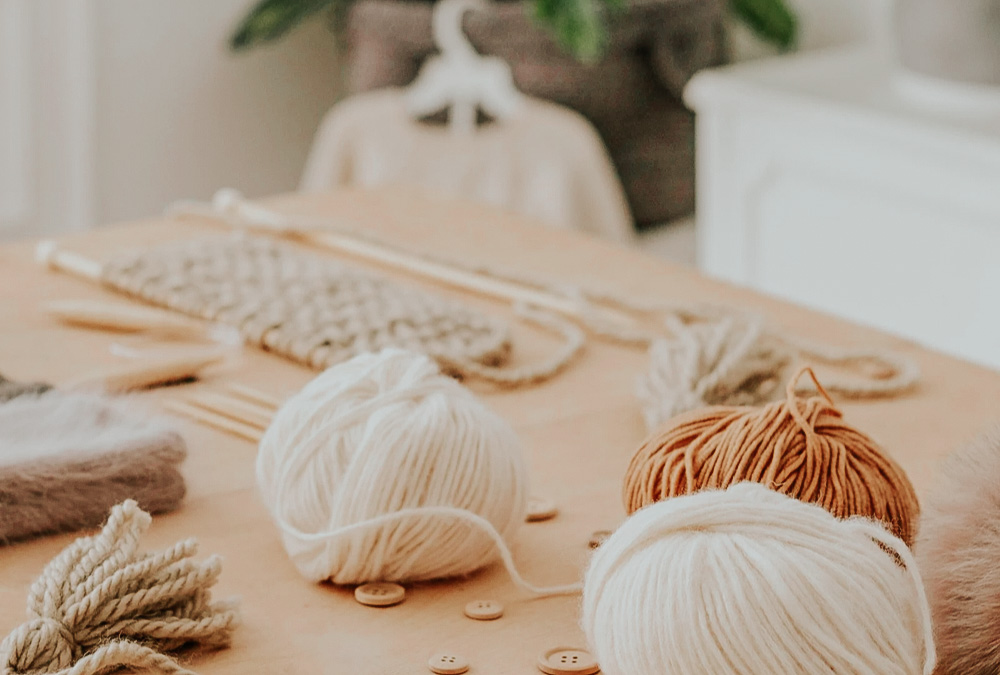

There are zillion other tools and gadgets for crocheters and knitters you will find in the crafts stores. For the start, you do not need all of those. Start with something simple and then, having more experience, choose the tools you will use and love. For example, stitch markers and holders can be easily replaced by the piece of yarn of different colors. When you have knitting needles just in 2-3 sizes, you do not need needle size tags.
Buying blocking tools – first learn various types of blocking (wet and steam), validate the pros and cons of each, and only then (depending on which type you will choose) buy blocking tools and kits.
Well, my friends, as you can see – with just a ball of yarn, hook/needles, measuring tape, tapestry needle, and scissors – you are good to go!
Here are some easy projects you can start with












All these patterns you can find here.
